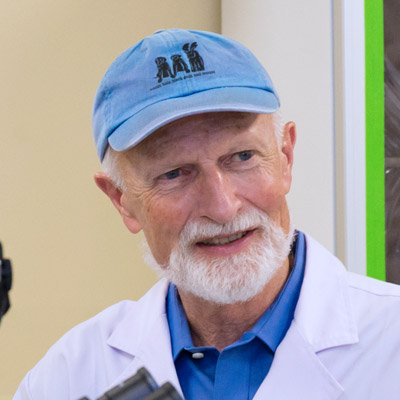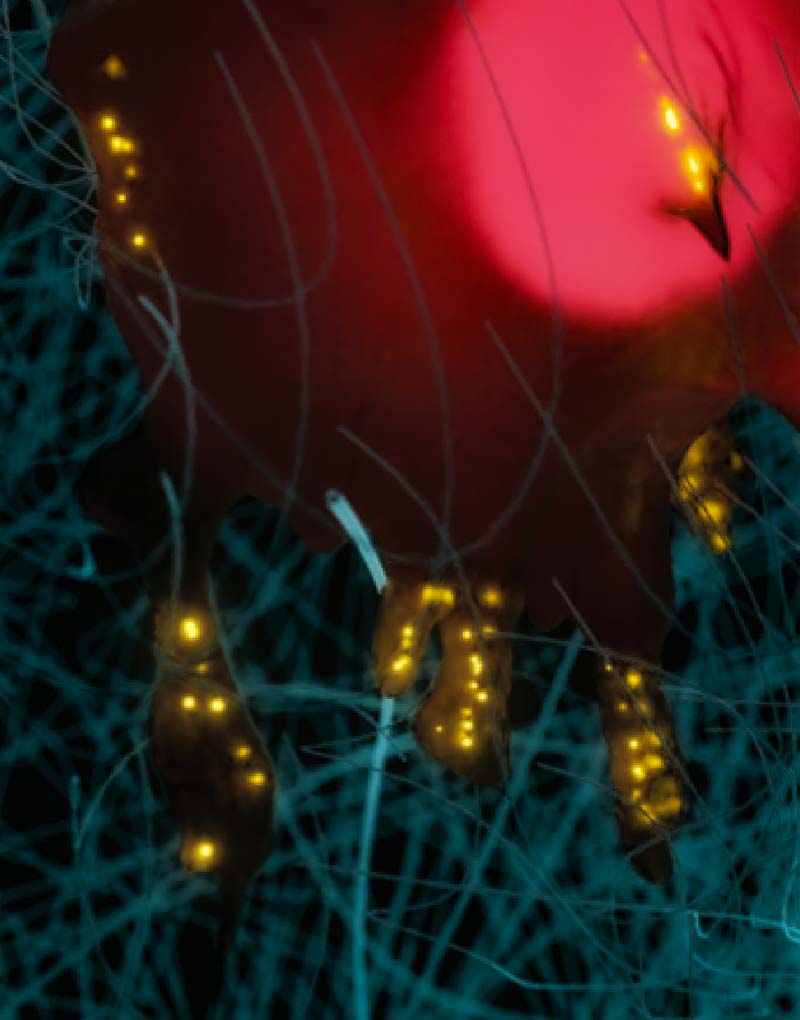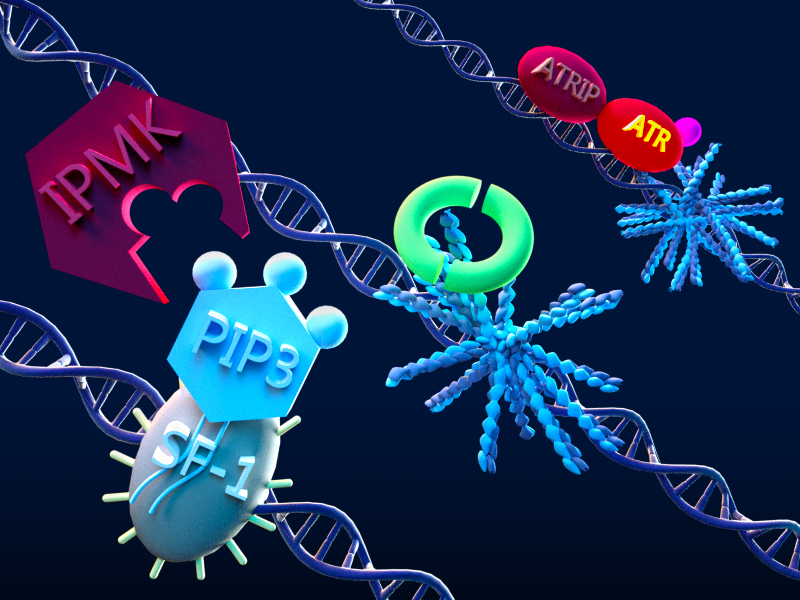Theories and Milestones
Steven j Wolf, Andrew MS Wong | October 2014
The field of mechanobiology has grown dramatically in the past decade. With this growth came ground breaking experiments, and findings that challenged the foundations of cell biology; no longer were the intricacies of cells solely determined by their genetic makeup – instead they were influenced by physical forces from their environment. Cellular mechanisms were described whereby cells could sense, measure and respond to the space they were in, in particular to the rigidity of the surface the cells were on.
Iskratsch T, Wolfenson H and Sheetz MP. Appreciating force and shape – the rise of mechanotransduction in cell biology, Nature Reviews Molecular Cell Biology, 30 October 2014, doi: 10.1038/nrm3903.
Prof Sheetz reflects on mechanobiology’s history
The pursuit to understand how dynamic interactions between a cell and its environment effect specific cellular processes now drives scientists from various disciplines. Around the world, institutes and individual laboratories are bringing together scientists with different research backgrounds, to discover and define the various aspects of mechanobiology. Today, efforts to identify how mechanical forces affect cell biology are being translated into medical applications and driving technological innovation.
With the field now rapidly evolving, it is important to maintain perspective by stepping back and reviewing the milestones that have brought the discipline to where it is today. Understanding the history of mechanobiology allows us to consider the future directions of the field. Recently, Prof. Michael Sheetz, Director of the Mechanobiology Institute, National University of Singapore and colleagues from Columbia University, New York, published a review in Nature Reviews Molecular Cell Biology that explores the history of mechanotransduction and considers the current models of
In less than a century, mechanobiology approaches have become an integral part of our understanding of how cells and tissues are shaped, grow or die.
Although widely regarded as an emerging discipline, the principles of mechanobiology were advanced nearly 100 years ago. The biologist and mathematician D’Arcy Thompson published On Growth and Form in 1917, where he put forward his thesis that biological form can reflect physical and mathematical principles. However, it is only in the past 30 years that the technology to understand the contribution of these mechanical forces on a subcellular level has become available. Scientists can now study subcellular forces using traction force microscopy and atomic force microscopy. Nano- and microfabrication technology allows for construction of patterned substrates and pillar arrays to determine substrate rigidity and cellular forces. Using magnetic tweezers or optical traps, researchers are able to apply and measure nano- to piconewton forces at the single molecule level. The advent of super-resolution microscopy means it is now possible to define the position of components at the molecular level in the cell.
These techniques were instrumental in determining how cells move, either short distances, or through the body; processes that are highly relevant to our understanding of wound healing, and cancer cell migration respectively. That cells can respond to force, and are at times, regulated by mechanical cues, is a notion that is inseparable from disease etiology. Hence, with the fundamental cellular processes investigated in this field, mechanobiology based studies will inevitably provide new insights into the formation and progression of disease states. This will undoubtedly lead to the development of novel treatments and therapies for a variety of diseases.
In less than a century, mechanobiology approaches have become an integral part of our understanding of how cells and tissues are shaped, grow or die. It has already led to scientific advances in our understanding of cell adhesion, DNA conformation and membrane trafficking, to name but a few examples. This scientific knowledge has translated to biomedical advances in high speed cancer diagnostics and tissue engineering. With more and more researchers realizing the importance of how mechanical forces affect cell biology, mechanobiology is primed to expand in the near future, and to revolutionize our comprehension of cell growth, differentiation or apoptosis.










